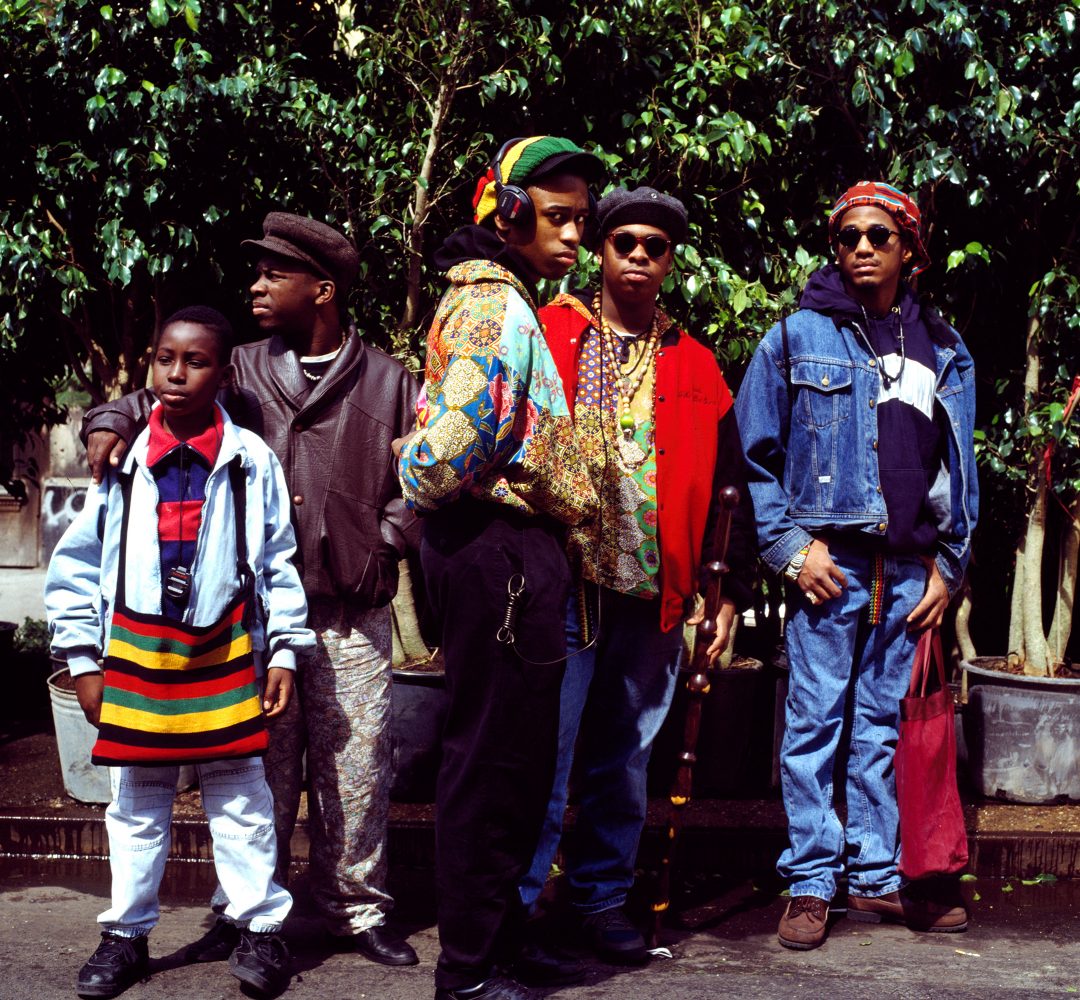Table of Contents Show
It’s hard to discuss hip hop’s influence without mentioning A Tribe Called Quest. Rooted in Queens, New York, this group established the acceptability of “left field” hip hop within the mainstream through their humorous persona, eclectic approach to sampling, and often laid-back raps. Emanating from the 1980s and solidifying their status in the early nineties, A Tribe Called Quest provided a style of jazz-rap that no other group or person in hip hop will ever be able to recreate.
Additionally, one can notice a distinct progression in sound throughout their discography. Evolving flows, production styles, and thought-provoking lyrics gradually become more sophisticated throughout the group’s career. This article will rank A Tribe Called Quest’s discography from least favorable to most favorable. The list will reflect the value in their artistic development throughout a relatively short six-album discography.
6. “The Love Movement”
This placement shouldn’t be a surprise to many Tribe fans. Although this album marks the group’s peak in their minimalist style, bolstered by the Ummah’s (consisting of Q-Tip, Ali Shaheed Muhammad, and J-Dilla) subdued and laid-back production choices, the project’s tone lacks a level of excitement that was present in previous albums. Released in 1998, “The Love Movement” is the group’s final project before their eighteen-year hiatus. Unfortunately, an ever-growing conflict between Phife Dawg and Q-Tip leading up to the album made A Tribe Called Quest’s disbanding an inevitability.
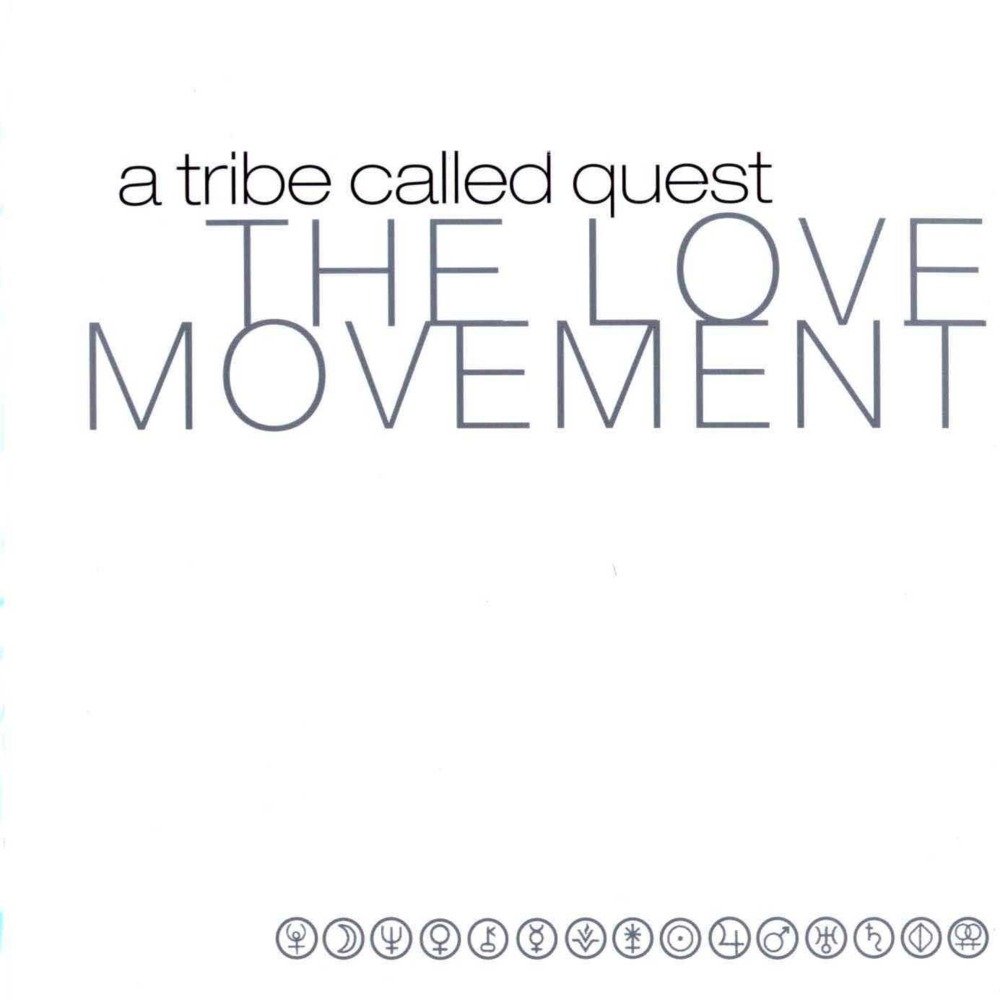
Although this album may serve as an unpleasant reminder of the group’s breakup, there are still plenty of moments that captured the qualities of the sound they attempted to achieve. Tracks like “Find a Way” have Q-Tip and Phife cleverly rapping about a desire to advance their relationships with women. Funk-inspired tracks such as “Steppin’ It Up” (featuring Busta Rhyme’s captivating raps) and “Common Ground” put Tribe in their natural element.
5. “People’s Instinctive Travels And The Paths Of Rhythm”
Tribe’s debut LP represents the genesis of their Afrocentric and positive-minded style. There is a precise level of playfulness throughout the project; the youthful orientation of Q-Tip and Phife’s raps combined with a witty and imaginative production palette gives the work a strong introductory statement in early hip hop. One will appreciate the attitude A Tribe Called Quest promotes at this stage of their existence.
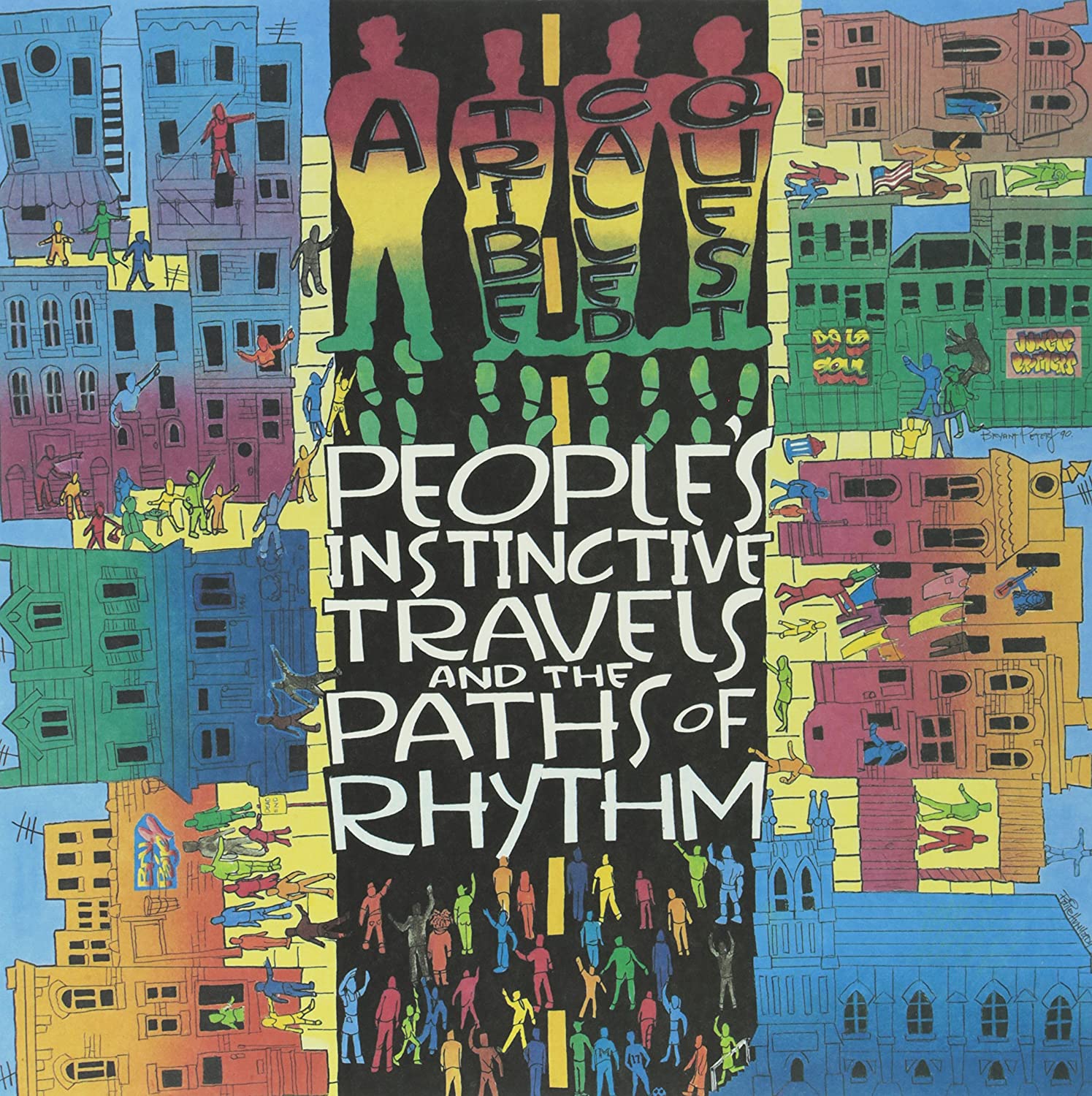
A healthy form of wisdom and optimism characterizes the integrity of the album, and this is most clear in the closing track “Description of a Fool,” where Q-Tip warns the audience of the consequence of behaving erratically around other people. Although Phife offers verses on only four tracks (“Push It Along,” “Can I Kick It,” “Mr. Muhammad,” “Ham ‘N’ Eggs”), the album’s musically and lyrically joyful tone is one that cannot be overlooked.
4. “Beats, Rhymes And Life”
“Beats, Rhymes and Life,” arguably A Tribe Called Quest’s most combative album, marks a departure from the group’s optimistic outlook on the world. The content is significantly more serious; the project’s opening track “Phony Rappers” and closing track “Stressed Out” would undoubtedly be evidence for this reality. Despite this attitude shift, the introduction of J-Dilla brings a new and refreshing musical style to complement the tone of the group’s raps.
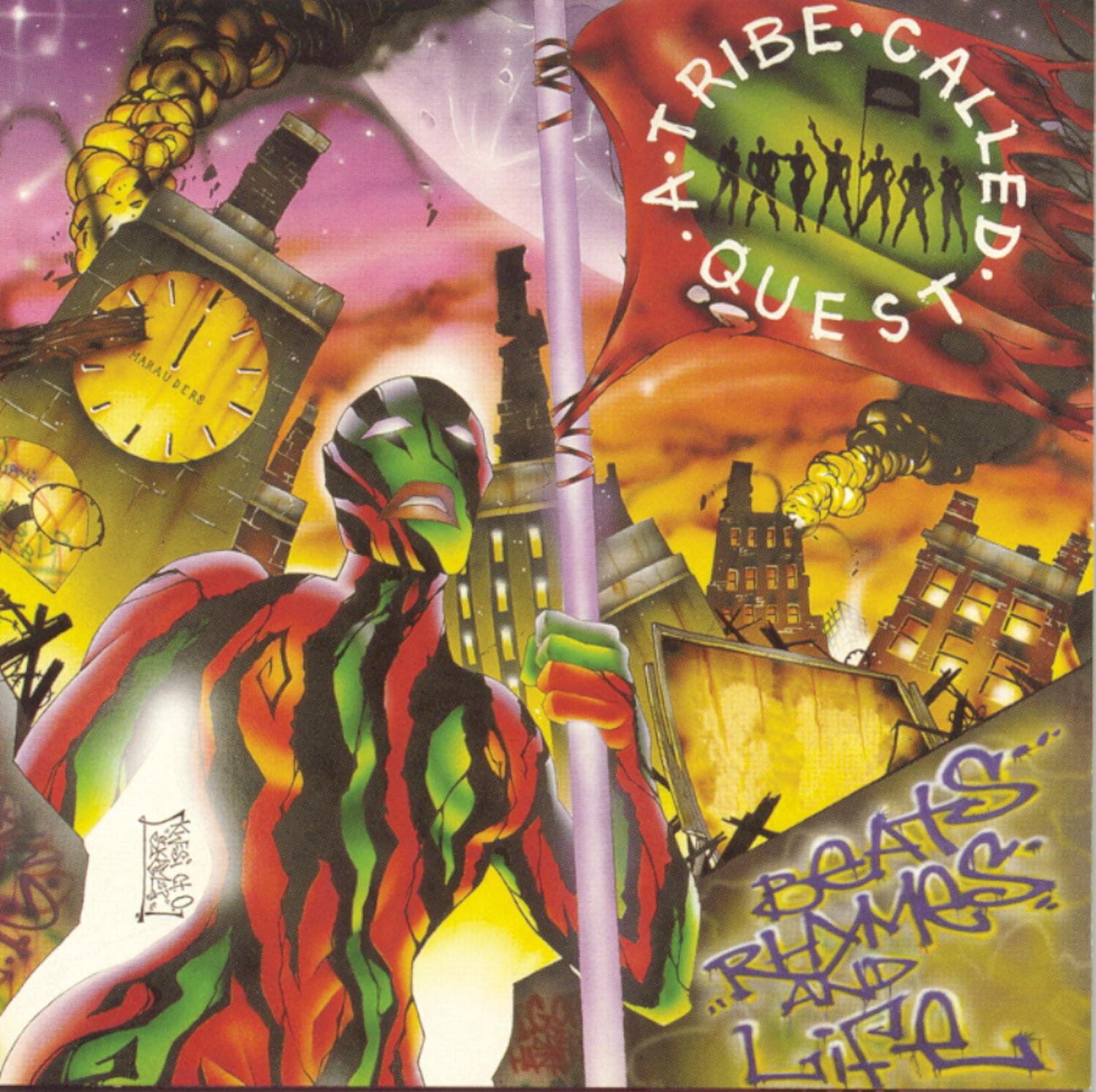
The group also recruits a new member, guest rapper Consequence, to contribute to six of the fifteen tracks. One may see this inclusion of new “hip hop blood” into Tribe as detrimental to their core appeal, but this change reveals a respectable desire to evolve and embrace unique elements that may surprise many fans. A Tribe Called Quest’s personality is more nuanced than a simple “upbeat” character noticeable on their previous albums.
3. “We Got It From Here… Thank You 4 Your Service”
This record is the greatest comeback hip-hop album of all time. With the passing of Phife in early 2016, it was only fitting that A Tribe Called Quest gave him a proper farewell, given the circumstances. With the election of then-president Donald Trump, the American political and social climate were most certainly in flux. The release of “We Got It from Here” three days after the November 8 election provided much-needed clarity in the world of music. One can find Tribe at their most musically and lyrically ambitious at their final stage.
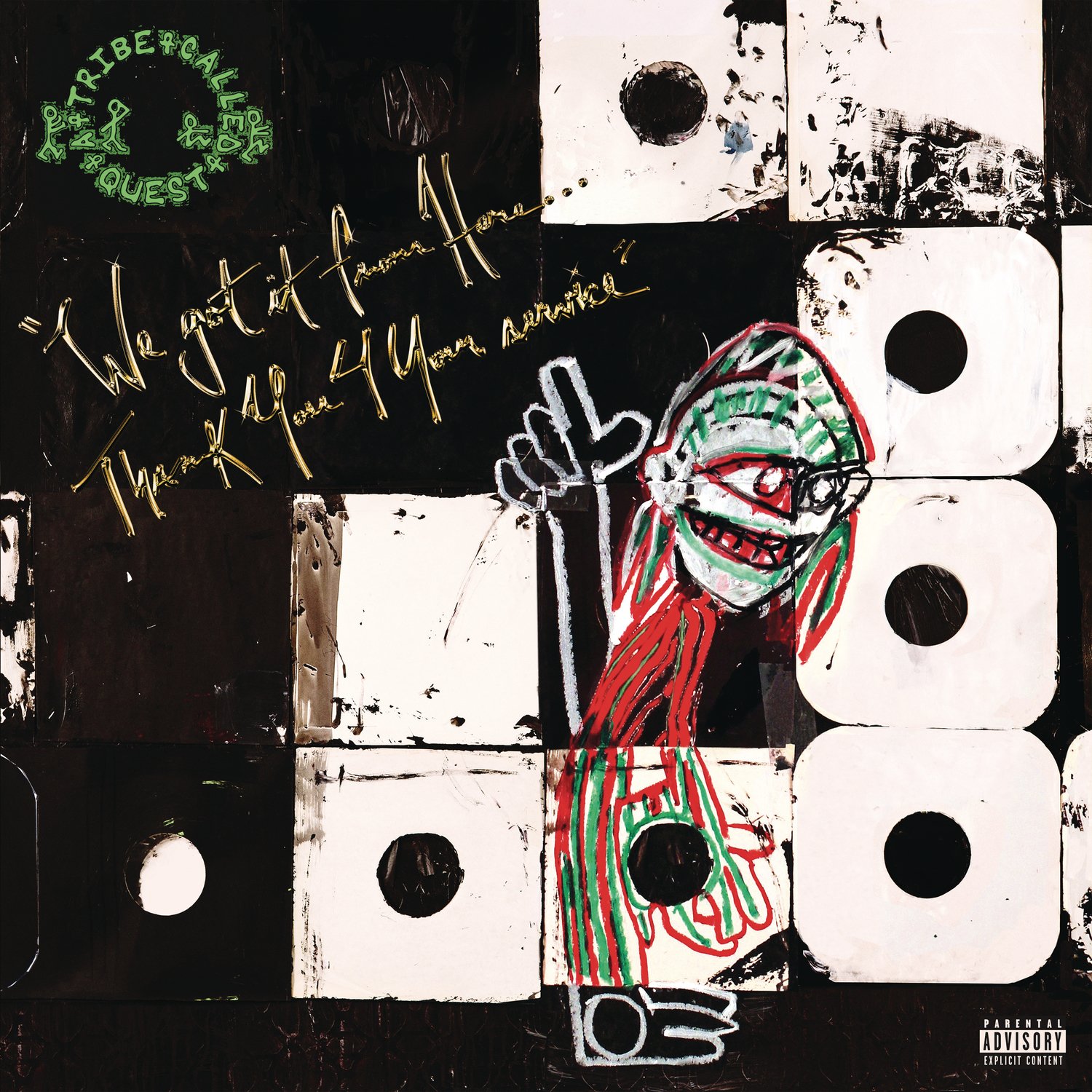
Eighteen years after their “The Love Movement,” they did not lose a step. Q-Tip’s fast-paced raps on “The Space Program,” Phife’s matter-of-fact tone on “Conrad Tokyo,” and the juxtaposition of Consequence and Busta Rhymes on “Mobius” all demonstrate the transcendence of Tribe’s musical impact. While keeping true to their jazzy, laid-back roots, A Tribe Called Quest embraced elements of rock music and adopted an unexpected assertiveness, yet appreciated.
2. “The Low End Theory”
Any album that starts with a track like “Excursions” should immediately become an instant classic. Right off the bat, the listener gets acquainted with an addictive upright bassline and a rumbling, low-end, 808-like hit, which sets up a sound that would end up defining the essence of Tribe. Q-Tip is the only one rapping on this opening cut, but immediately following this, Phife makes a lively introduction on “Buggin’ Out.”
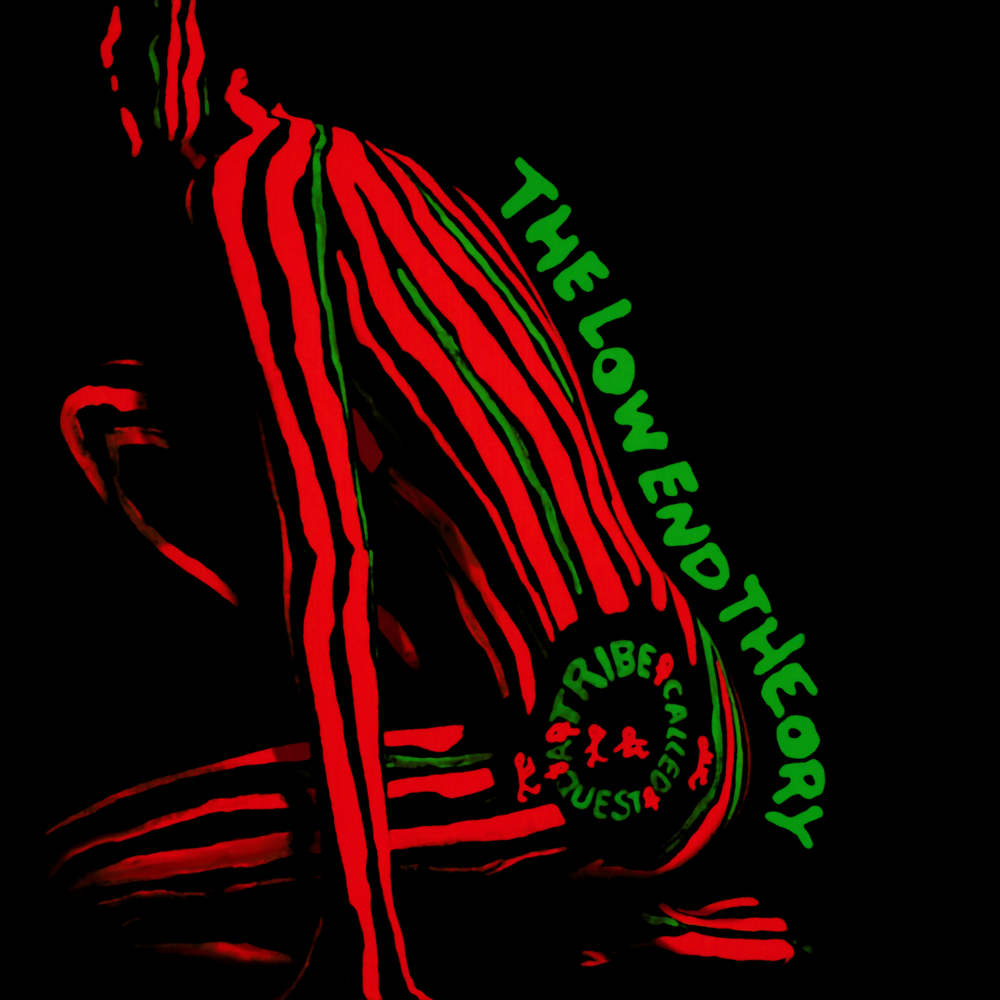
The dynamic between Q-Tip and Phife that most people associate with Tribe is now clear; the listener is in for something special with this one. On just their second LP, A Tribe Called Quest has captivated the rap world through their eccentric yet pleasing style. From soothing tracks like “Jazz (We’ve Got)” to spirited group efforts like “Scenario,” Tribe’s full range is on display. And how can one overlook “Check the Rhime’s” classic call-and-response foundation: “You on point Tip? All the time Phife.”
1. “Midnight Marauders”
The majority of A Tribe Called Quest albums have a legitimate argument for being number one. But if there’s an album that best represents “peak” Tribe, it would be “Midnight Marauders.” One can notice a more “mainstream” sound on the beats here, and some could argue that this detracts from a “truer” expression of Tribe’s unconventional nature. But this decision elevates the group, bringing them to a broader audience and giving more people a chance to experience their charm.
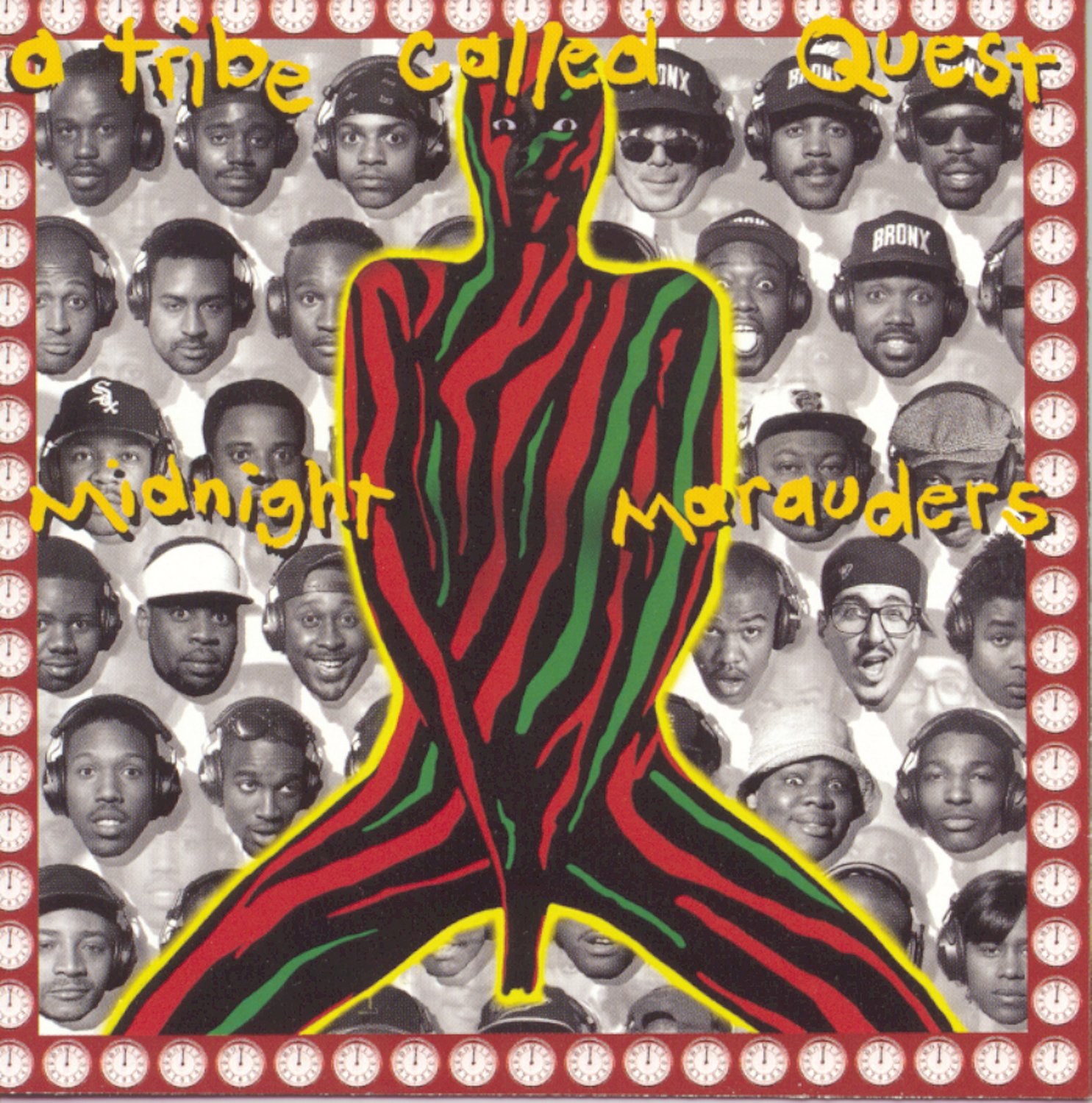
Listening to this album from front to back is akin to going on a smooth, sonic journey through the inner workings of A Tribe Called Quest’s character. This journey is personified by the album’s “tour guide,” voiced by a robotic-sounding woman, who introduces herself at the beginning and gives the listener a taste of what they are about to enjoy. The album is sure to satiate any listener from hypnotic and seductive cuts like “Electric Relaxation” to the boisterous and unforgiving “Oh My God,” the album is sure to satiate any listener.
